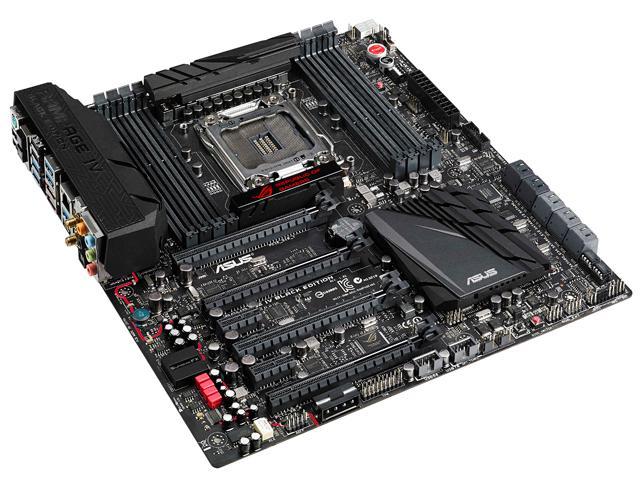- Get link
- X
- Other Apps
It's time for a workstation upgrade; here's what I've assembled.
The massive case has plenty of space for additional drives to store the extreme amount of data that nearly every sport is now collecting together with the associated video footage. The case, power supply and motherboard allow up to 3 additional video cards to use as GPU units as your analytical needs demand (and budget can handle).
The massive case has plenty of space for additional drives to store the extreme amount of data that nearly every sport is now collecting together with the associated video footage. The case, power supply and motherboard allow up to 3 additional video cards to use as GPU units as your analytical needs demand (and budget can handle).
- Cooler Master Cosmos II - Ultra Full Tower Computer Case
An absolutely massive case - plenty of room for an E-ATX motherboard, large power supply, multiple video cards and hard drives.
- PC Power & Cooling 1200W Silencer MK III Series Modular Power Supply
An exceptionally large power supply, but platinum rated and plenty of room to spare allows it to operate nearly silenty, plus it'll handle any additional video cards you'll add later for GPU computing.
- ASUS Rampage IV Black Edition LGA 2011 Extended ATX Intel Motherboard
Space for 4 video cards, 8 memory sticks (up to 64GB), superb quality and extreme tweakability.
- Intel i7-4930K LGA 2011 64 Technology Extended Memory CPU
Ivy Bridge, 6 cores, exceptional ability to overclock. My day-to-day overclock is 4.5 GHz.
- Corsair Hydro Series H90 140 mm High Performance Liquid CPU Cooler
Fits well in the Cosmos II case. Whisper quiet and keeps the CPU at comfortable temperatures even when overclocked to 4.5 GHz.
- (2) Corsair Dominator Platinum 32GB (4x8GB) DDR3 2133 MHz
Total of 64GB. Top-quality, you'll need your RAM in matched sets of 4 to enable quad-channel.
- EVGA GeForce GTX TITAN SuperClocked 6GB GDDR5 384bit
Top-of-the-line NVIDIA Kepler card for GPU computing. 2688 CUDA cores that reach 4800 TFLOPS single-precision and 1600 TFLOPS double-precision.
- (2) Seagate NAS HDD 2TB SATA 6GB NCQ 64 MB Cache Bare Drive
Solid hard drive; you'll need 2 or more drives for a RAID 10 array.
- Samsung Electronics 840 Pro Series 2.5-Inch 256 GB SATA 6GB/s Solid State Drive
Small, fast SSD for quick booting and anything bottlenecked by drive read/write times.
- Silverstone Tek 3.5-inch to 2 x 2.5-Inch Bay Converter
Needed to adapt the SSD to the Cosmos II case.
- Ubuntu Linux
Ubuntu Linux - what else?








ITS PRICE
ReplyDeleteITS PRICE
ReplyDeleteapprox 6020 usd
ReplyDeleteif you take windows 7 professional instead of ubuntu